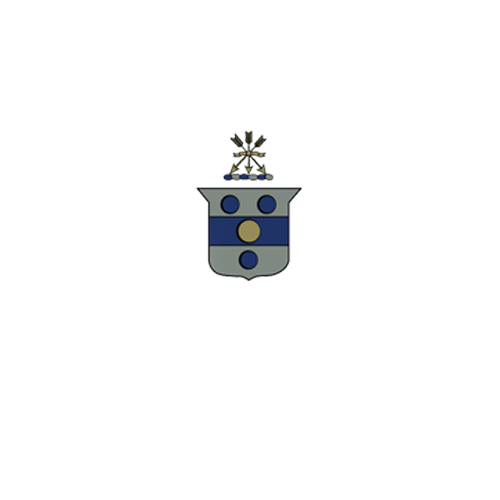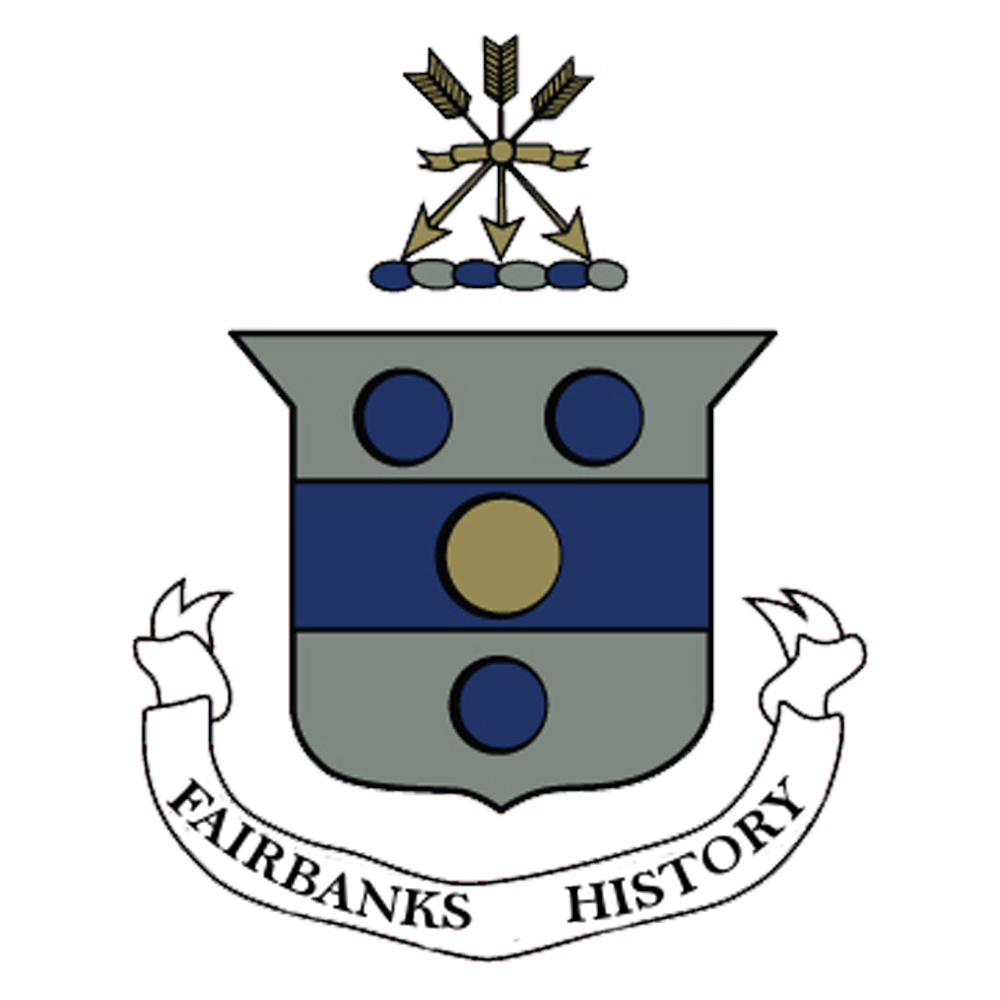Packing for a New Life in the 17th Century New World, Part I
Chests found in Mayflower Exhibit at Plimouth Plantation, Massachusetts
How would Jonathan and Grace Fairbanks know what they would need?
How do you decide how to pack for a trip or move to another country, culture, or climate? You try to find out as much information as you can about what you will need. The Fairbanks and Prescott families did the same. They had no internet, but they were not without information.
All of Europe was interested in what the discoverers, fishermen, traders, and speculators found in the New World. Britain was slower than Spain and France to claim land and establish fishing and trade, but it didn’t take long for news to travel through Europe.
Many countries were represented at the markets and fairs held across Britain. The new discoveries were a prime topic for conversation. The markets and fairs at Halifax could have been the families’ first introduction to the New World.
The first British community, Jamestown, now in Virginia, was founded in 1607. Supposedly, during this colony’s tenure, the Native, Pocahontas saved John Smith. Later she married John Rolfe, who took her to Britain. There she became a curiosity of the nation as an Indian and as a reformed wife of Rolfe. Other Native People taken to Britain became interpreters for the new settlers of Plymouth Plantation in 1620.
Pocahontas by Simon van de Passe 1616
Other Settlers from West Yorkshire and Lancashire that Preceded the Fairbanks and Prescott
Richard Fairbanks
We don’t know Richard Fairbanks’s relationship to Jonathan Fairbanks. We do know that shortly after coming, to what is now Boston, he established a tavern. It was an important social gathering place for settlers and people traveling between the mother country and her colony. Undoubtedly, this was a point of information sharing as ships came in and left the colony. In fact, in 1639, Richard Fairbanks became the first post master in the new world. A support post in his tavern was used to pin up correspondences between the colony and the mother country. No doubt that is why we call it a “post” office today.
Sir Richard Saltonstall
Sir Richard Saltonstall was named First Assistant to Governor Winthrop. The Saltonstall family came from Warley, Halifax, West Yorkshire, England, like the Fairbanks, Gawkrogers, and Smith families (the latter were wives of Fairbanks and Prescott.) Sir Richard Saltonstall served as Justice of the Peace for West Riding before leaving for New England.
When Saltonstall got to the New World, he founded Watertown. This is the town, we believed, was the first stop for both Fairbanks and Prescott. Due to family tragedy, Sir Richard stayed only one year in New England. He returned to England before Fairbanks emigrated. However, Saltonstall’s sons remained in the new colony. Sir Richard remained interested and instrumental in the colony after he left. He would be a very timely source of information to our families.
Sir Richard Saltonstall, Justice of the Peace of West Riding, England and
founder of Watertown, Massachusetts
Bay Colony
Abraham Shaw and Reverend John Denton
Other people from Halifax preceded our families to the New World and settle the land that our families would call home. Abraham Shaw preceded Jonathan Fairbanks to Watertown. Shaw was in Watertown before becoming a founder in Dedham, Massachusetts. Fairbanks was in Watertown during the same time and settled in Dedham shortly after the Shaws.
Reverend Richard Denton of Warley, who had preached both in Lancashire and Halifax, West Yorkshire, England, started his ministries in Watertown between 1630 and 1638.
Books and Pamphlets about Immigrating to Massachusetts Bay Colony
Perhaps the most significant information about preparing to come and settle in New England was from Reverend Francis Higginson. He came with the Massachusetts Bay Company’s first ships. He wrote numerous letters and missives telling what New England was like, including land, resources, wildlife, and natives. He made a case for immigrating to the New World and countered with arguments against. He made detailed lists of what an immigrants should bring with them for lengthy ocean travel, the first year of life in the colony, and making a living in the wilderness.
New-Englands Plantation or A Short and True Description of the Commodities and Discommodities of that Country
https://archive.org/details/newenglandsplant00higgrich/
Reverend Francis Higginson
From the information they compiled, the families had to decide what was important to bring and what could be left behind. The family’s needs would dictate, but the cost of transportation and risks of an ocean voyage might change their perspective on what was important. In part II of Packing for a New Life in the 17th Century New World, we’ll explore the items that the families took with them to the New World.











